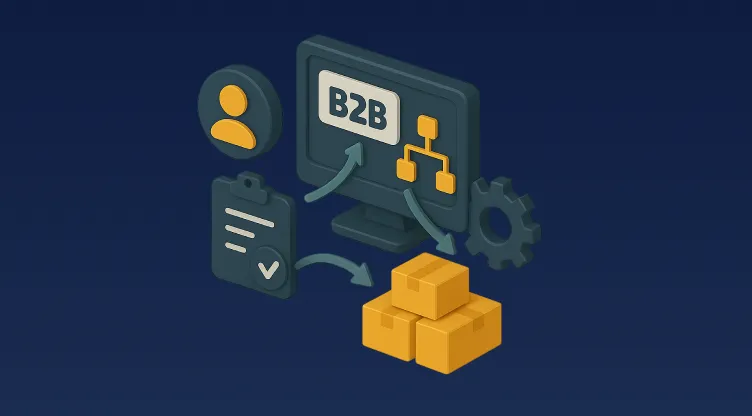Mastering Multi-Channel Order Management: A Complete Guide

Table of Contents
Fast Track to Centralised Order Management
- Centralise orders from all channels: web, marketplace, social, and phone.
- Reduce manual work with automated order processing.
- Ensure accurate inventory data with real-time sync.
- Boost customer satisfaction with faster, error-free order handling.
- Use data insights to make smarter business decisions.
Introduction: The Importance of Centralising Order Management
Today’s retail world is fast-paced and complex. Businesses no longer rely on a single sales channel. Instead, they sell through multiple platforms like websites, social media, marketplaces, and even phone orders. This approach is called multi-channel retail. It offers more ways to reach customers, but it also creates challenges. Managing orders from different sources can be chaotic.
Without a central system, businesses risk inventory errors, delayed shipments, and unhappy customers. This is where a centralised order management system (OMS) comes in. It acts as the control centre for all your orders, regardless of the sales channel. It simplifies processes, reduces errors, and improves customer satisfaction.
In this guide, we’ll explore why a centralised OMS is essential, its key features, and best practices for successful implementation.
Why Centralising Your Order Management Matters
- Better Inventory Control – Real-time sync reduces the risk of overselling.
- Faster Order Processing – Automation speeds up order fulfilment.
- Lower Operational Costs – Fewer manual tasks mean less overhead.
- Improved Customer Satisfaction – Accurate orders and faster shipping build loyalty.
- Scalability for Growth – Easily add new channels as your business expands.
Key Features of a Centralised Omnichannel OMS
- Real-Time Inventory Sync – Accurate inventory is the backbone of any retail operation.
- Multi-Channel Order Aggregation – Manage orders from various platforms in one place.
- Automated Order Routing – Automatically send orders to the best fulfilment centre.
- Seamless Integration with Sales Channels – Connect with popular platforms like Shopify.
- Custom Workflow Automation – Automate routine tasks and reduce errors.
- Advanced Analytics and Insights – Use data to make smarter business decisions.
Benefits of Centralising Your Order Management
- Reduced Complexity – Manage all your orders from one dashboard.
- Improved Order Accuracy – Real-time sync reduces stock errors.
- Faster Fulfillment – Automated routing speeds up order processing.
- Scalability – Easily add new sales channels as your business grows.
- Better Customer Experience – Accurate orders and faster delivery build loyalty.
Best Practices for Implementing a Multi-Channel OMS
- Choose the Right Integrations
- Automate Routine Tasks
- Focus on Scalability
- Prioritise Real-Time Data
- Use Data for Smarter Decisions
FAQs About Multi-Channel Order Management
Q1: Why should I centralise my order management?
Centralising orders reduces errors, speeds up processing, and cuts costs.
Q2: How does a centralised OMS save money?
It reduces manual work, automates routine tasks, and minimises errors.
Q3: Can I connect my current sales channels?
Yes, most OMS platforms support popular e-commerce platforms like Shopify and WooCommerce.
Q4: How does real-time inventory sync help?
It prevents overselling, reduces stockouts, and builds customer trust.
Q5: Is a centralised OMS good for small businesses?
Yes, it can scale as your business grows, improving efficiency and reducing errors.
Final Thoughts
Implementing a centralised, multi-channel OMS like Omniful is a smart move. It streamlines operations, reduces costs, and improves customer satisfaction. By unifying orders into a single, efficient system, businesses can scale faster and stay competitive in today’s fast-changing market.
Ready to Centralise Your Orders?
Take control of your multi-channel sales with Omniful. Request a demo today and see how it can transform your operations.























